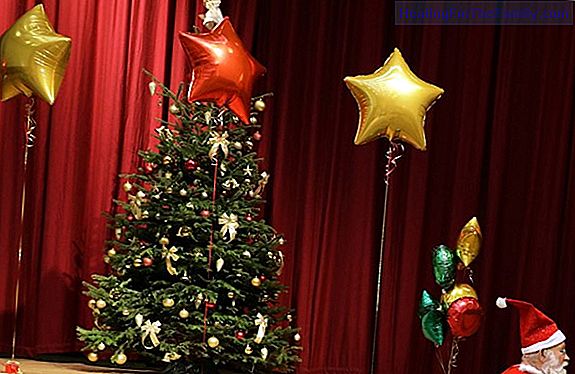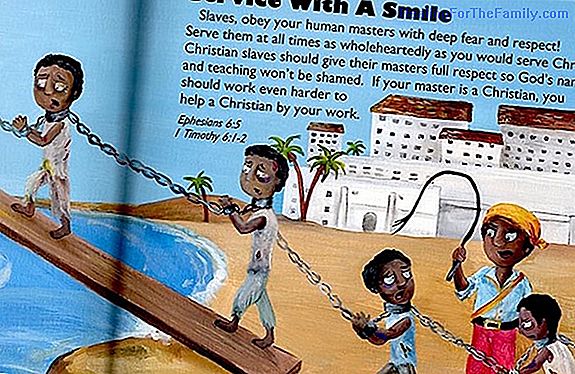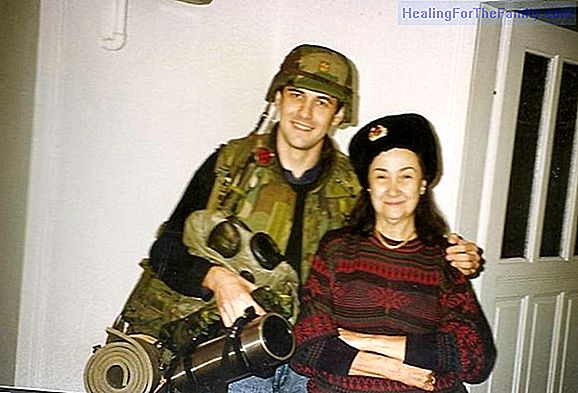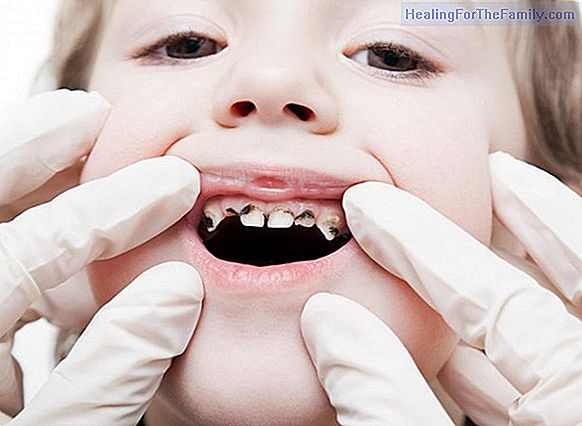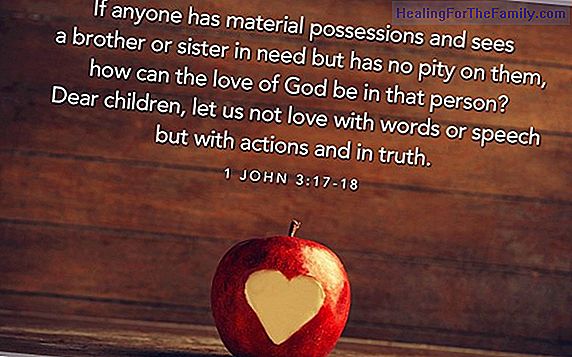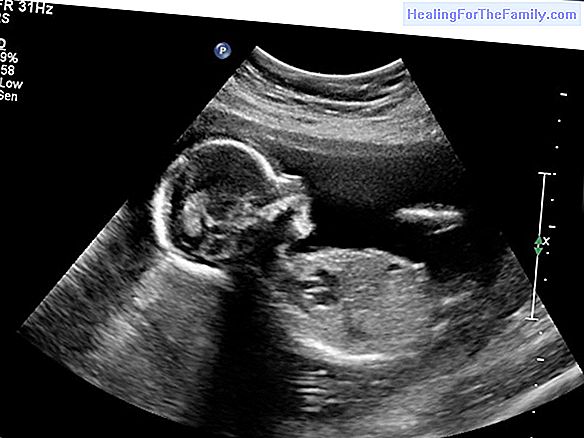Games to teach children to separate words in a sentence
If we tend to read stories and poems with our children out loud, emphasizing the pauses, we will gradually understand the meaning of the different words and, what is more important, they will ask if they do not understand it, because children are curious by nature and that will help them learn in a
If we tend to read stories and poems with our children out loud, emphasizing the pauses, we will gradually understand the meaning of the different words and, what is more important, they will ask if they do not understand it, because children are curious by nature and that will help them learn in a natural way.
To teach and motivate children to separate words in a fun way, as we have done so many times, we will resort to the game.
Learning to separate words with emoticons

The word is the linguistic unit with meaning that is separated from the others by pauses in pronunciation and whites in writing. The sentence is the set of words with syntactic autonomy.
Children should come to understand that people relate words to convey a message. Once children have the ability to understand that a sentence is made up of words we can begin to work on learning to separate them and, for this, it is essential that they understand the meaning of the words and understand the meaning of the sentence.
To achieve this, we can make some stickers of these four emoticons, for example;

- For each well separated word you will receive the muy "very good" emoticon. - For each separated bad word you will get the second
emoticon "look again" - If the child separates all the words well we will put the third
emoticon of "applause" at the end of the sentence. - If they are badly separated, the last
smiley "try again" will be added at the end of the sentence. To start we can choose short sentences, leave exaggerated spaces and take long pauses between the words so that the children see clearly the separation between them. For example:
Until the words are not correctly separated, the emoticon "applause" will not be set. Little by little the children will realize that the sentences are formed by different words with their own meaning and that they can transmit the message they want with them.
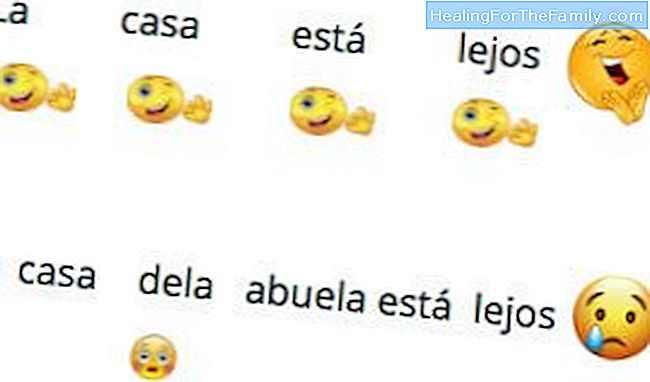
And why not keep playing with emoticons? The game supervisor will read different sentences aloud, always taking into account the age of the children who enter the game. For example: My mother has curly hair: the child should write the sentence and put an emoticon "very well" by word, if he does it correctly, in our case, he will add 6 stickers "very well" and one of "applause"
Another option may be for the supervisor to say first the number of words a sentence carries and, the child chooses among several exposed to the sight of all those with that same number of words. If you do it right you will get a new "applause" emoticon.
The most emoticons of "applause" get, will be applauded with enthusiasm for the rest of the children.
To finish I leave you a sentence of the writer Ana María Matute (1925-2014) "The word is the weapon of humans to approach each other"

